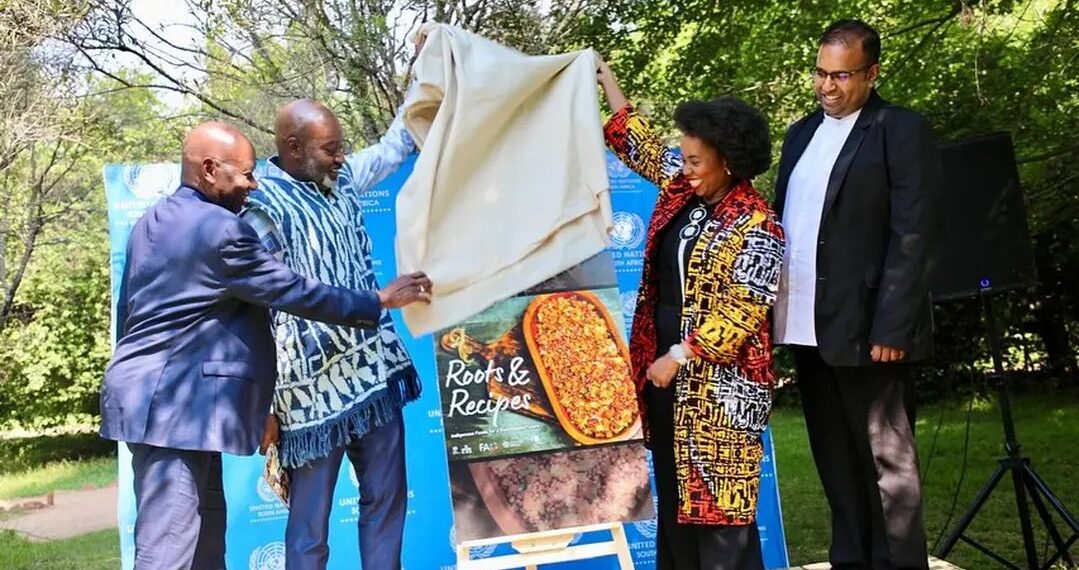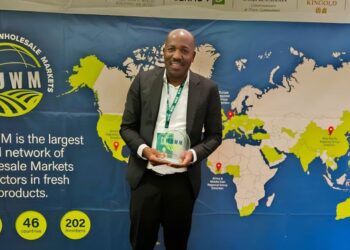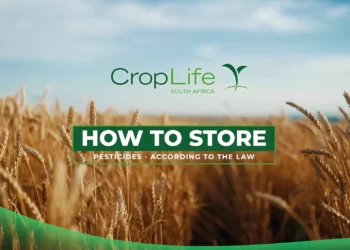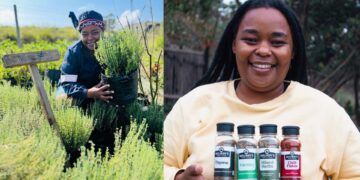Food is more than sustenance; it is memory, identity, and heritage. This was the central message as the United Nations in South Africa, together with the Food and Agriculture Organisation (FAO) and the South African Chefs Association, recently launched Roots and Recipes, a publication celebrating South Africa’s indigenous food systems, culinary traditions, and cultural legacy.
According to the United Nations South Africa, the Indigenous Recipe Book Project captures the essence of South Africa’s nine provinces through traditional dishes and locally sourced ingredients such as sorghum, millet, wild greens, and indigenous fruits.
Chef Coo Pillay described the launch in Krugersdorp, Gauteng, as a celebration of South Africa: “our soul, our history, our people, our ingredients and the stories that bind its people together”.
“It’s remarkable to think how this journey began. What started as an exchange about food, culture, and the power of storytelling soon became a realisation that within South Africa’s heritage lies a vast wealth of culinary wisdom and indigenous knowledge that deserves to be shared with the world,” Pillay said.
Related stories
- How indigenous essential oils can drive jobs, food security
- Indigenous farmers see little gain from rooibos agreement
- Indigenous crops: The climate-smart superfoods we need
- Getting started with sorghum farming
Reclaiming food sovereignty
Through this initiative, the FAO’s mission to promote food security, sustainable agriculture, and ecosystem protection takes on a distinctly South African flavour.
“Our indigenous ingredients such as sorghum, millet, amadumbe, marula, rooibos, spekboom and bambara beans are gifts of nature that have embodied sustainability long before the world became fashionable,” Pillay said.
Pillay urged chefs and citizens to embrace South Africa’s culinary roots: “As we turn the pages of Roots and Recipes, we are not merely reading about food, we are reading about ourselves, our past, our creativity and our hope in the future. Let us continue to nurture our roots, celebrate our diversity and share our story one recipe at a time.”
Gauteng MEC for agriculture and rural development, Vuyiswa Ramakgopa, called the initiative “a memory of who we are, of what the land has given us and most importantly of how food connects us to our humanity, to our communities and to our own cultural identities.”
Ramakgopa emphasised that South Africa’s indigenous foods, such as sorghum, wild greens, marula, and morogo, embody both history and hope. She noted that across the continent, the conversation about food is shifting, and reclaiming indigenous foods is a way to reclaim independence.
EARLY-BIRD TICKETS ARE AVAILABLE NOW!
Africa’s biggest youth-in-agriculture gathering is back – and it’s only getting bigger!
“Let us teach our children that umnusho, morogo, and amadumbe are not the foods of poverty, but the food of power, power that nourishes, that heals, and unites us.
“This project speaks directly to our nation’s and our province’s priorities: food security, job creation, and climate resilience. By documenting and promoting these recipes, we are not just engaging in an exercise of nostalgia. We are building an evidence-based bridge between traditional knowledge and modern climate sustainability,” she said.
Ramakgopa praised smallholder farmers, the growers, producers, and custodians of food and land whose work sustains South Africa despite numerous challenges. She highlighted that every recipe carries an economic dimension, emphasising that investment in indigenous crops supports rural women, seed savers, and young agripreneurs.
“You are the generation that will decide, really, whether our indigenous foods survive or die. Let this book inspire you not only to cook, but to innovate, to create, to make indigenous food sexy and fashionable again,” she said.
Integrating indigenous and modern farming
Buyiswa Twala, founder and CEO of Agrigreat Soiltech and Envirocare, representing farmers, emphasised the need to reawaken indigenous farming practices and integrate them into modern agriculture.
She said the initiative is crucial for reducing waste, supporting farmers, and ensuring access to markets, while also encouraging youth participation.
“In a nutshell, what we’re trying to say is that with books like this being released and all of that, it also needs to come from the farmer’s perspective. We need to hear what the farmer is saying. We need to uplift the farmer and introduce them to these methods, and go back to the old indigenous ways that we used to farm,” Twala said.
READ NEXT: RMIS launches platform to strengthen livestock traceability



